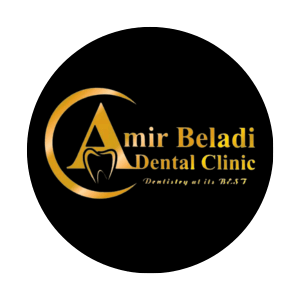Fixed braces and aligners are both orthodontic treatments used to correct dental misalignments and improve the alignment of teeth. However, they differ in terms of their design and the materials used.
Fixed braces is a traditional orthodontic treatment that consists of metal or ceramic brackets bonded to the teeth and connected with wires. The brackets are placed on each tooth, and the wires are adjusted periodically to apply pressure, gradually moving the teeth into the desired position. Braces are typically adjusted by your orthodontist during regular appointments.
Aligners, unlike braces, offer a discreet approach to straightening teeth. They’re clear trays custom-made to fit over teeth, gradually shifting them into place. Additionally, attachments—white fillings affixed to certain teeth—are part of this treatment. Made of transparent plastic, aligners are nearly invisible when worn, and they’re removable for better oral care and eating without restrictions. Aligners need weekly replacement as teeth shift.
Both braces and aligners address various teeth misalignments, and the choice depends on factors including patient preference.

How to identify when you need them?

To determine the need for orthodontic treatment, consulting a specialized orthodontist is recommended. They diagnose and treat teeth and jaw misalignments. Yet, certain signs and conditions often point to the necessity of orthodontic treatment. Here are some common indicators:
Note: These indicators are general; your orthodontist will assess your specific situation through examinations, such as radiographs and scans, to recommend suitable treatment.
What does the process of getting braces or aligners involve?
Fixed Braces:
- Placement: Brackets attached, an archwire threaded, and elastic bands used.
- Adjustment: Regular visits (every 4-8 weeks) for wire changes and modifications.
- Oral hygiene: Proper care, brushing, and flossing instructions provided.
- Diet: Guidance on foods to avoid, regular dental and hygiene visits recommended.
- Maintenance: Necessary appointments for adjustments and care throughout treatment.
Aligners:
- Custom fabrication: Scans create a virtual plan; aligners are customized for progression.
- Fitting: Aligners received with guidance for wearing and caring, attachments placed.
- Progression: Sequential use, each set gradually shifting teeth.
- Monitoring: Periodic appointments to monitor progress and receive new aligners.
- Oral health: Regular check-ups advised, aligner care and use instructions provided.

How to Maintain Braces/Aligners After the Procedure
Taking care of your braces or aligners is crucial for good oral hygiene and successful treatment. Here are some guidelines to follow:
Fixed Braces:
- Brushing: After meals, use a soft-bristle toothbrush and fluoride toothpaste, paying attention to cleaning around the braces or aligners.
- Flossing: Use orthodontic floss or a threader to clean between teeth and under wires, ensuring to floss daily.
- Interdental brushes: Consider using these brushes to reach challenging spots between brackets and wires.
- Food precautions: Avoid sticky, hard, or chewy foods that might damage braces. Cut harder foods into smaller pieces.
- Avoid habits: Steer clear of habits like nail-biting or chewing on hard objects that could harm braces.
- Regular orthodontist visits: Attend scheduled appointments for adjustments and guidance.
Aligners:
- Aligners when eating/drinking: Remove aligners when eating or drinking (except water) to prevent staining or damage.
- Brush and floss: Clean teeth before reinserting aligners after eating. Daily flossing helps maintain oral hygiene.
- Regular cleaning for aligners: Rinse with lukewarm water, brush gently, or use specialized cleaning products.
- Avoid hot liquids: Don’t consume hot beverages while wearing aligners to prevent damage.
- Proper storage: Keep aligners in their case when not in use to maintain cleanliness.
- Follow usage instructions: Wear aligners as per your orthodontist’s guidelines for optimal results, typically around 22 hours a day.














